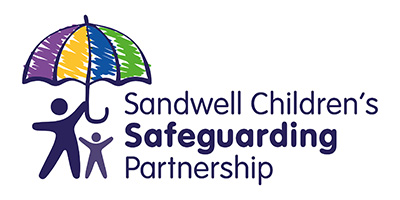Guidance on using the Threshold Matrix
Levels of Intervention
The indicators of need for each level of intervention are split into three sections:
- Child or Young Person’s Developmental Needs – including health, education and learning, and emotional and behavioural development.
- Parent or Carers Capacity – including basic care, safety and emotional warmth.
- Family and Environmental Factors – including family history, housing and employment.
How to use the Matrix
- Capture the concerns you have for the child or young person, using the above three headings as a guide.
- Review the threshold matrix to establish the level of need for the child or young person
- Refer to the process maps to establish the process for accessing support for the child, young person and their family
The list of indicators contained in the matrix is not exhaustive and is guidance. In assessing need and risk that require specialist services, multiple factors are likely to be present and decisions as to whether the criteria are met remain a professional judgement. It is also important to remember that the signs that a child or young person has particular needs are often not found in a single piece of evidence but in a combination of factors of indicators.
The model is intended to ensure the early identification of children and families who require additional help and the provision of services. It aims to prevent children moving towards higher levels of need and to reduce the level of need wherever possible. The boundaries between the levels are not hard and fast and children may present with needs at different levels. Inter-disciplinary discussion and coordination will ensure appropriate services are arranged.
It is acknowledged that children may move up and down from one level to another and that agencies (including universal services) will offer support at more than one level. Although a professional may refer a family for a more targeted service, it is expected that the professional will still engage with the family during assessment and are likely to continue to have a role as part of Team Around the Family (TAF).
Support is available with the decision making process. All agencies will have a safeguarding lead that will usually be part of the threshold discussion. Professionals should not delay referral of urgent matters due to the unavailability of their safeguarding lead.
Advice is also available from your local Community Operating Group (COG) who all hold a weekly meeting in each locality. They provide an opportunity to discuss the co-ordination of support to families where the Team Around the family (TAF) process is not securing the right outcomes and where there is a chronic and escalating need. Professionals from any agency can seek further advice and support. Where appropriate a decision can be made in the meeting to escalate the case to Children’s Social Care. Parental consent for a case to be discussed must be obtained wherever possible in line with established information sharing protocols (Information Sharing: Advice for practitioners providing safeguarding services (March 2015, Department for Education) and Sandwell’s Information Sharing Protocol and MASH/MAET Guidance on Making a Referral, Information Sharing and Seeking Parental Consent can be found on the SSCB website).
Where children have an identified lead professional or allocated social worker it will be appropriate to discuss any concerns with them/ their manager in the first instance. Where a child already has an allocated social worker no Multi Agency Referral Form (MARF) will be required.
If, following guidance from designated Safeguarding Leads within their agency it is agreed that there a child protection concern and a referral to Children’s Social Care should be made, a professional will complete a multi-agency referral form (MARF). A MARF must be completed and submitted within 1 hour.
